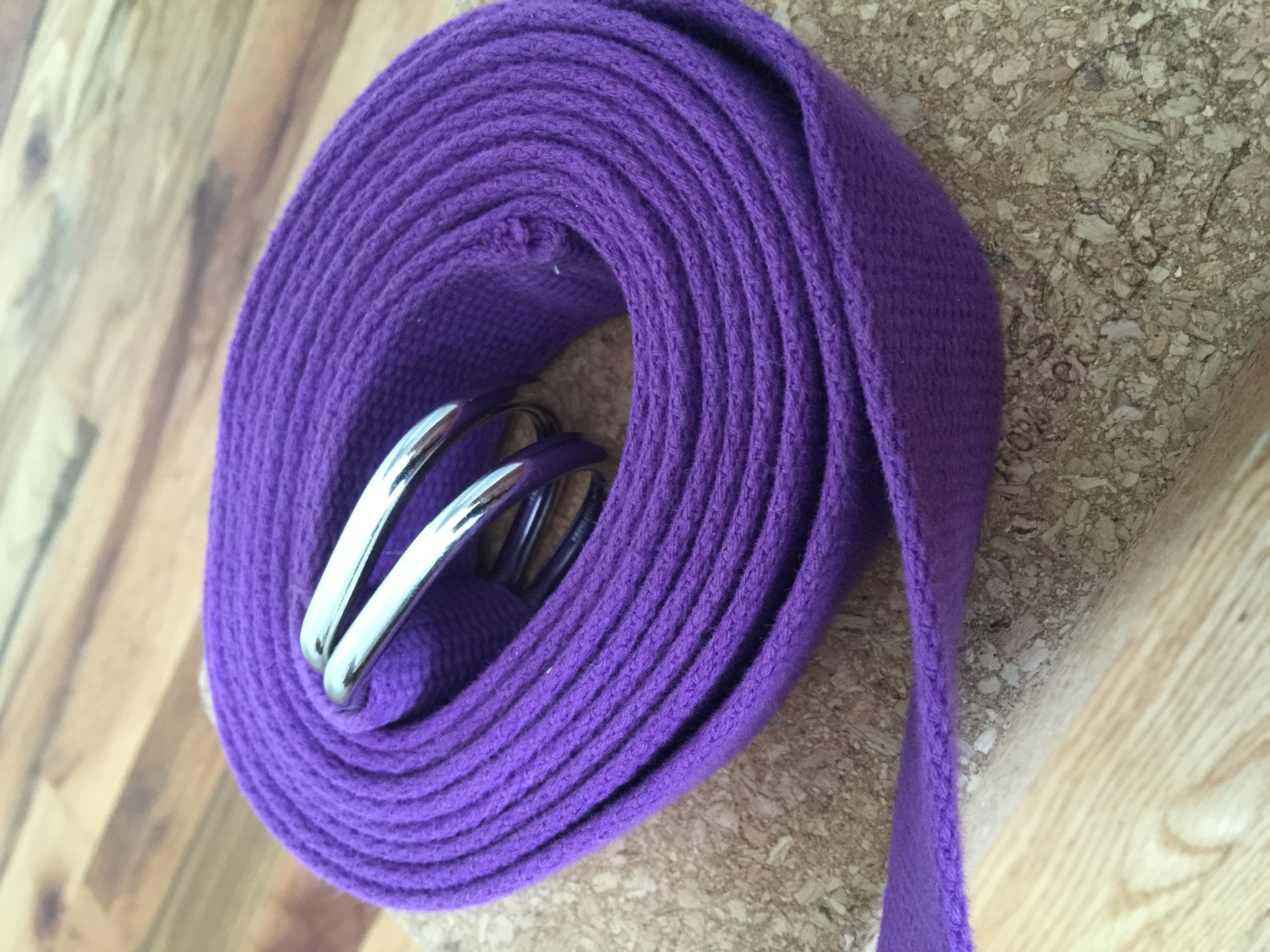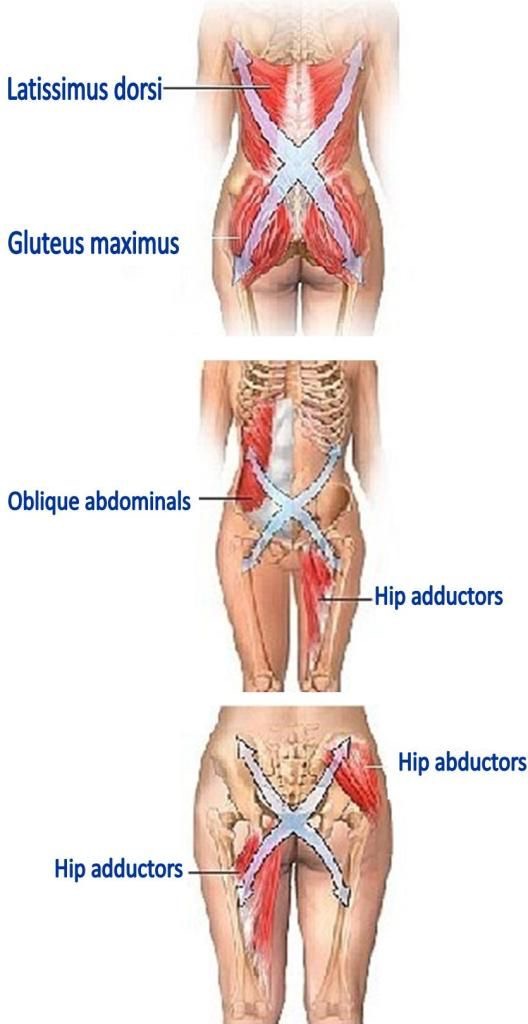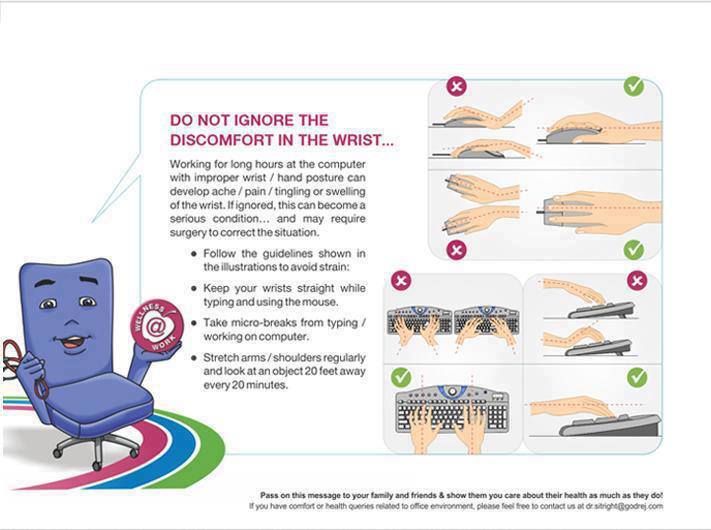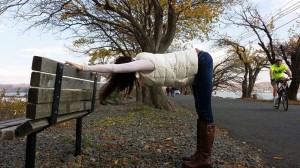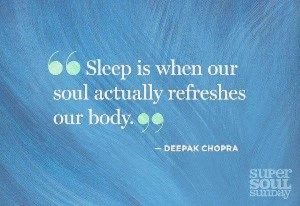Yoga Belt – A Versatile Yoga Prop
I have noticed when it comes to using a yoga belt in class that many students get flustered. I have even encountered students who are so confused that they actually tie a knot in their strap, which is a pet peeve of mine. Here’s why: in the first instance, this is not as secure, in the second, it doesn’t allow for any movement, so if it is either too tight or too loose, you can then not improve that situation, and third, come on! just plain lazy! 🙂
The yoga belt itself comes in different lengths. This one is my favorite D-ring. I prefer the long 10 feet ones because I am tall and they also adapt to different uses. I prefer the D-ring because it locks well so I do not worry it will slip open.
A yoga belt can be used to stabilize your joints, and they can either encourage flexibility or help to create both traction and ‘space’ if you are inflexible (which is not a bad thing, it just is what it is). I find I use a strap both to warm up and prepare for postures, as well as for any number of postures – both active and restorative. They really do help de-compress and give a pretty immediate sense of length and relief. Check through some of my other yogatherapy blogs for other insight
Yoga Belt Video Tutorial
Learning to tie a yoga belt in this video tutorial should set you up for ease and success for your home or group yoga class practice
Tips For the Visual Learner
Simple video on the ‘anatomy of the yoga belt’ and a visual explanation so you don’t get tied up in knots!


